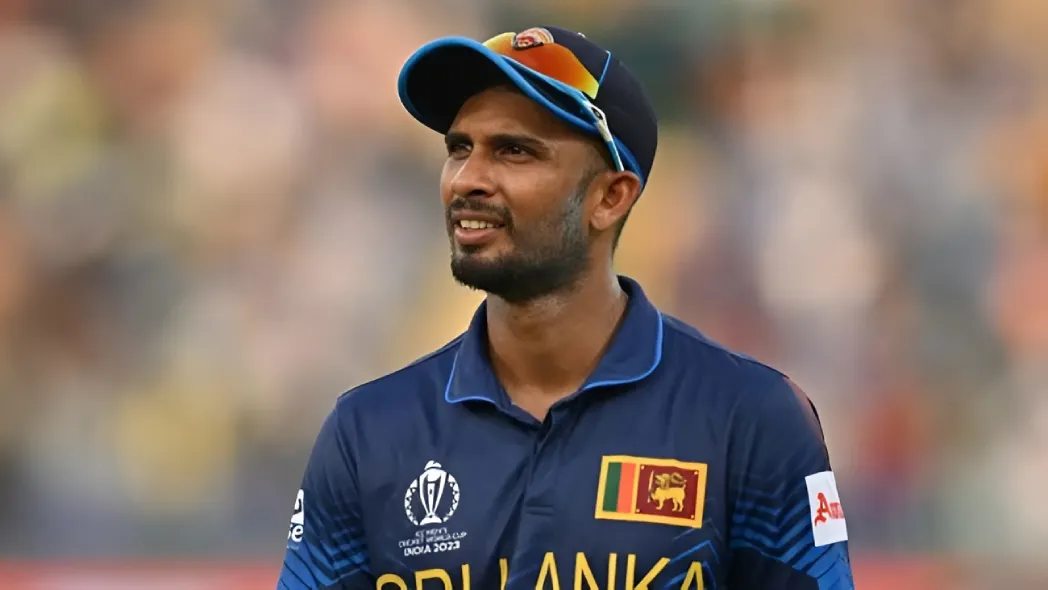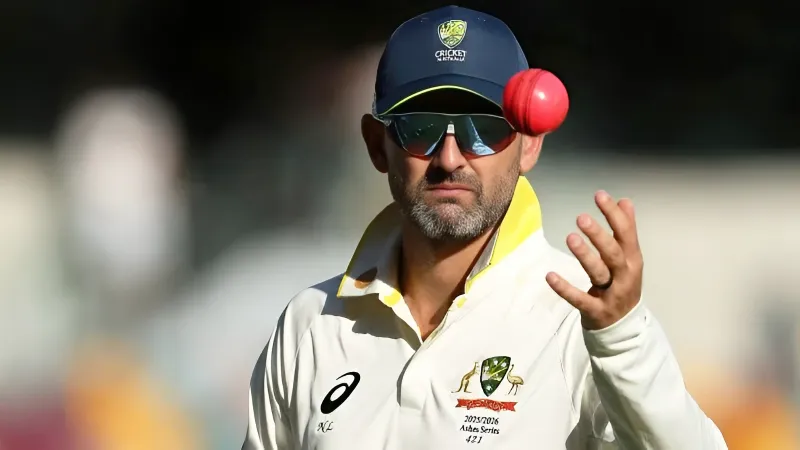Cricket lovers will debate anything: DRS angles, whether “in the arc” still counts as timeless wisdom, and even why every second debutant seems to have toured more countries than most travel bloggers. But now and then, the numbers throw up something stranger than fiction.
This week’s statistical rabbit hole began with Simon Harmer, who quietly ticked off his 11th Test appearance in his sixth different country. Not headline material, right? Yet it opens an entire universe of quirky, oddly revealing cricketing patterns. From Irish debutants globetrotting faster than airlines can issue boarding passes, to women’s ODIs casually redefining what a chase looks like, the sport’s statistical underbelly hints at deeper shifts: expanding schedules, fluid formats, and batting attitudes that simply refuse to stay within historical boundaries.
A Global Trail Hidden in Debut Numbers
Harmer’s achievement seems impressive until you zoom out and discover that Test cricket has produced entire generations of accidental explorers. Five players began their careers with five Tests in five different countries: Eric Russell, Hasibul Hossain, Avishka Gunawardene, Robin Peterson, and Andy Balbirnie.
Russell’s case is the gem. The man played in the 1960s, when only seven Test nations even existed, yet he still managed to hopscotch the map like a modern T20 freelancer. Ireland’s new era adds fuel to the pattern: Mark Adair, Curtis Campher, Lorcan Tucker, and Harry Tector each played in six different countries within their first seven Tests.
Record Chases That Redefine ODI Logic
Then comes the Navi Mumbai semi-final, the night India chased down 341 for 5, the highest successful chase in women’s ODI World Cup history, and actually the highest successful chase in ANY women’s ODI, full stop.
But the context is richer: Australia had previously set the mark earlier in the same tournament, reeling in India’s 330 with 331. The tempo of women’s ODIs is no longer softly rising; it’s detonating.
And if you want a stat that truly reveals the sport’s shifting ceiling: India’s 369 while chasing Australia’s 412 in Delhi wasn’t just record-breaking, it produced a 781-run aggregate, the second highest in women’s ODI history. The numbers aren’t just bigger; the ambition is.
Five-Fors Across Formats: A Rare Bowling Trinity
Scoring centuries in all formats gets fanfare. Taking five-wicket hauls across Tests, ODIs, and T20Is somehow doesn’t matter despite being much rarer. Only 13 male bowlers have done it, beginning with Umar Gul in 2009.
Look at the mix: Malinga’s slingshot chaos, Rashid Khan’s algebraic leg-spin, Shakib Al Hasan’s all-surface sorcery, and New Zealand’s metronome Tim Southee. The list reflects bowlers who mastered not one rhythm but three: red-ball patience, white-ball variations, and T20 deception.
Comparative View: What These Oddities Reveal About Cricket’s Evolution
Look back 40 years, and these patterns were impossible. Teams toured within predictable loops, ODIs rarely breached 280, and T20 hadn’t yet rewritten bowling careers. Today’s numbers tell a different story: a sprawling global Test footprint, batters chasing with unashamed aggression, and bowlers mastering three different worlds within one career.
From 1999 (Lara & Adams) to 2025 (India’s 341 run chase), statistics have mapped an expansion of Cricket both outward (geographically and tactically) and upward (psychologically).
Cricket has many unique characteristics that are much more than simply trivia. They are clues. Following these clues can lead to more general conclusions as to how Test countries develop, how quickly women’s cricket is developing, how formats interact to cause bowlers new challenges, and how partnerships or absent scores provide insight into the larger trends of the game.
Harmer’s six-country odyssey isn’t just a fun fact; it reflects a sport whose borders are constantly stretching. India’s chase isn’t just a record; it signals a batting philosophy unshackled from caution. The rarity of three-format five-fors shows how hard adaptability has become.
Cricket’s numbers aren’t random anymore. They’re coordinates pointing toward a new world — louder, faster, more global, and endlessly more interesting.
Key Takeaway
Cricket’s strangest stats expose its biggest truth: the game is evolving in ways the scoreboard barely keeps up with.
FAQs
- Why are players debuting in so many countries now?
Because more teams play Test cricket and scheduling has become globally diverse, especially for newer nations like Ireland.
- Is India’s 341 chase a one-off or a trend?
It fits a growing pattern: women’s ODIs are becoming more high-scoring, aggressive, and tactically fearless.
- Why are five-wicket hauls across formats so rare?
Each format demands different skills, and excelling in all three requires exceptional adaptability and longevity.
Disclaimer: This blog post reflects the author’s personal insights and analysis. Readers are encouraged to consider the perspectives shared and draw their own conclusions.
Step into the world of cricket with JeetBuzz News—where expert opinions, trending Blogs, and behind-the-scenes insights meet all your favorite topics. Stay informed, stay entertained, and never miss the stories shaping the cricketing world—only on JeetBuzz News!































